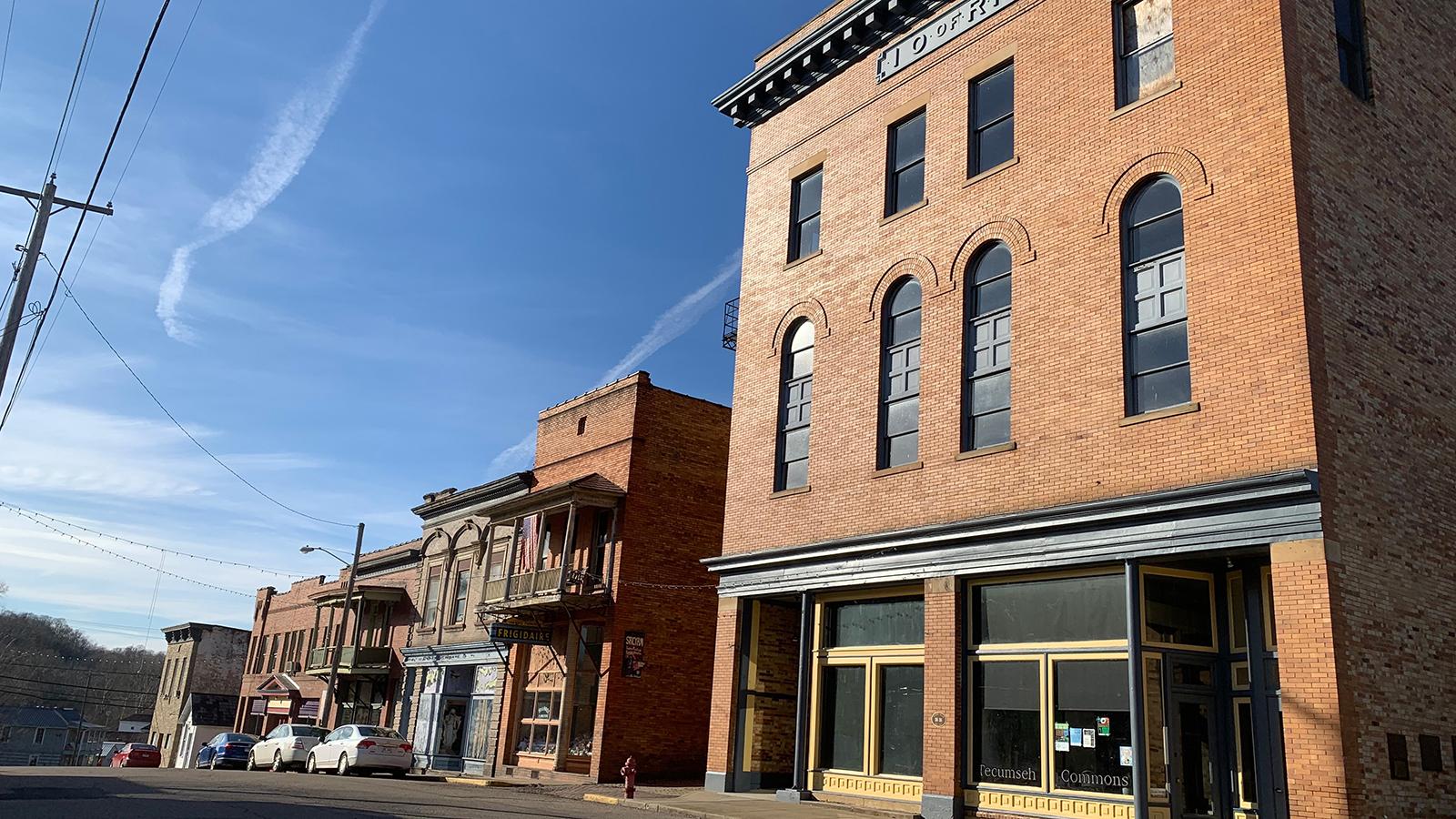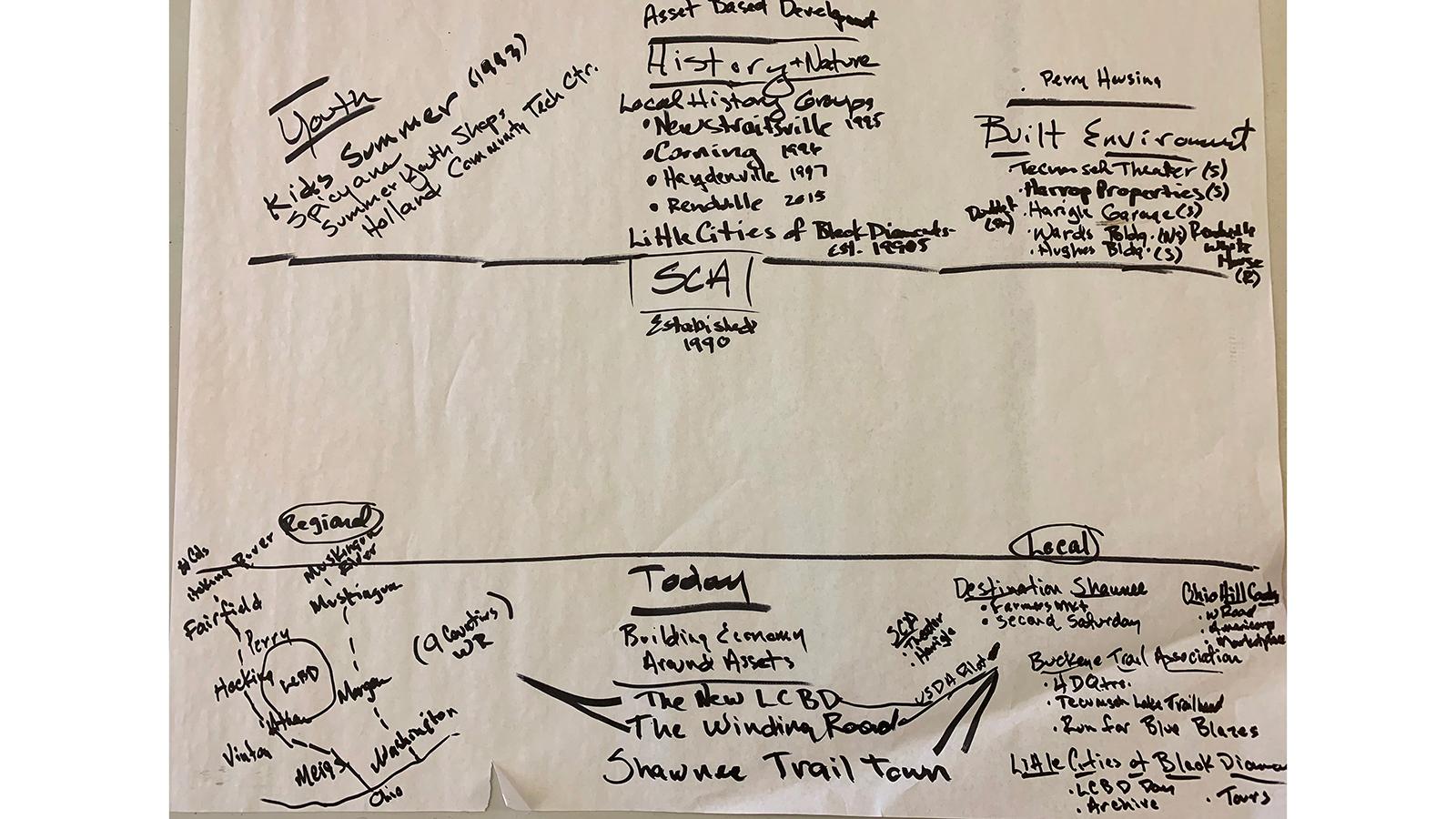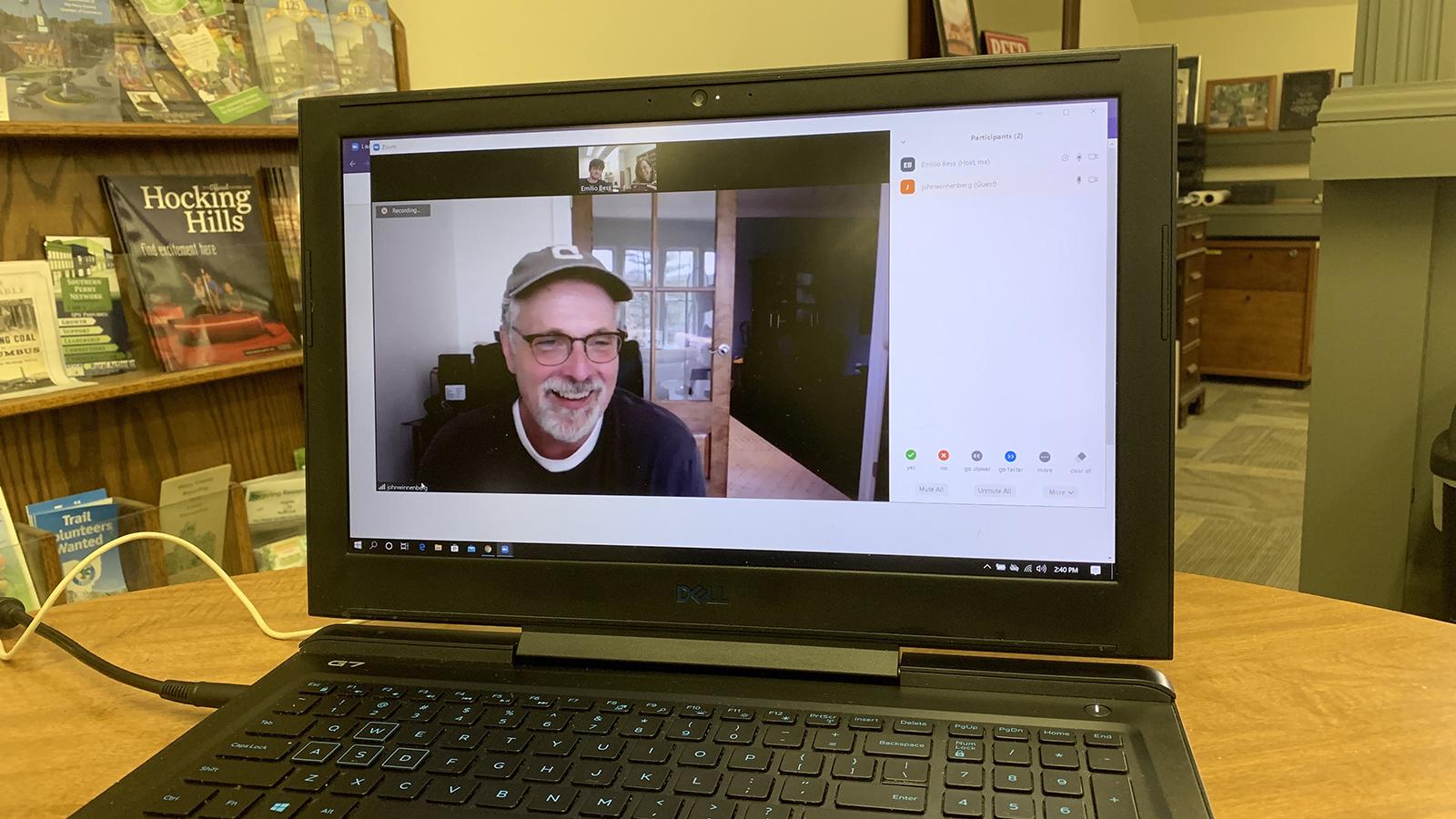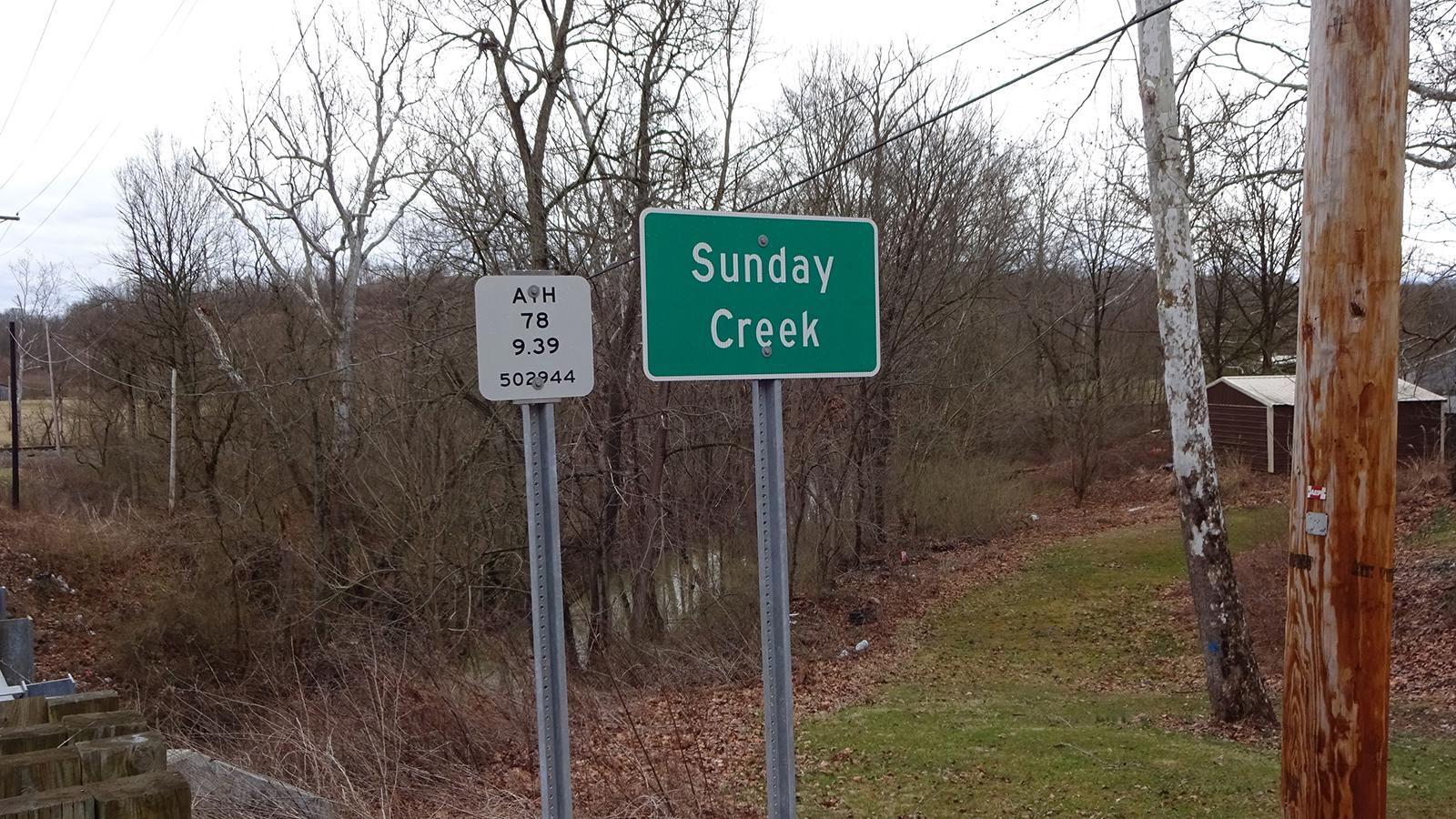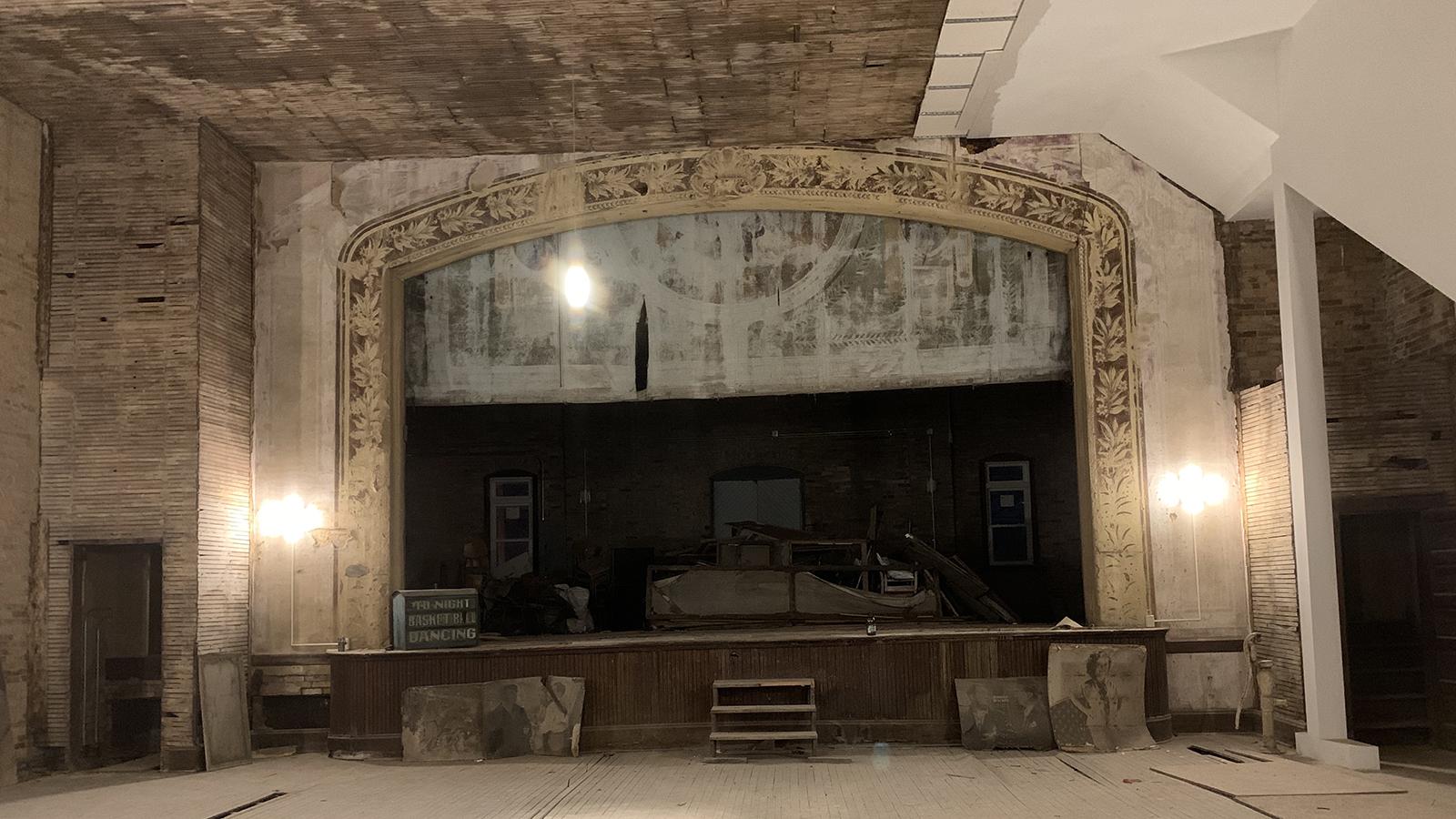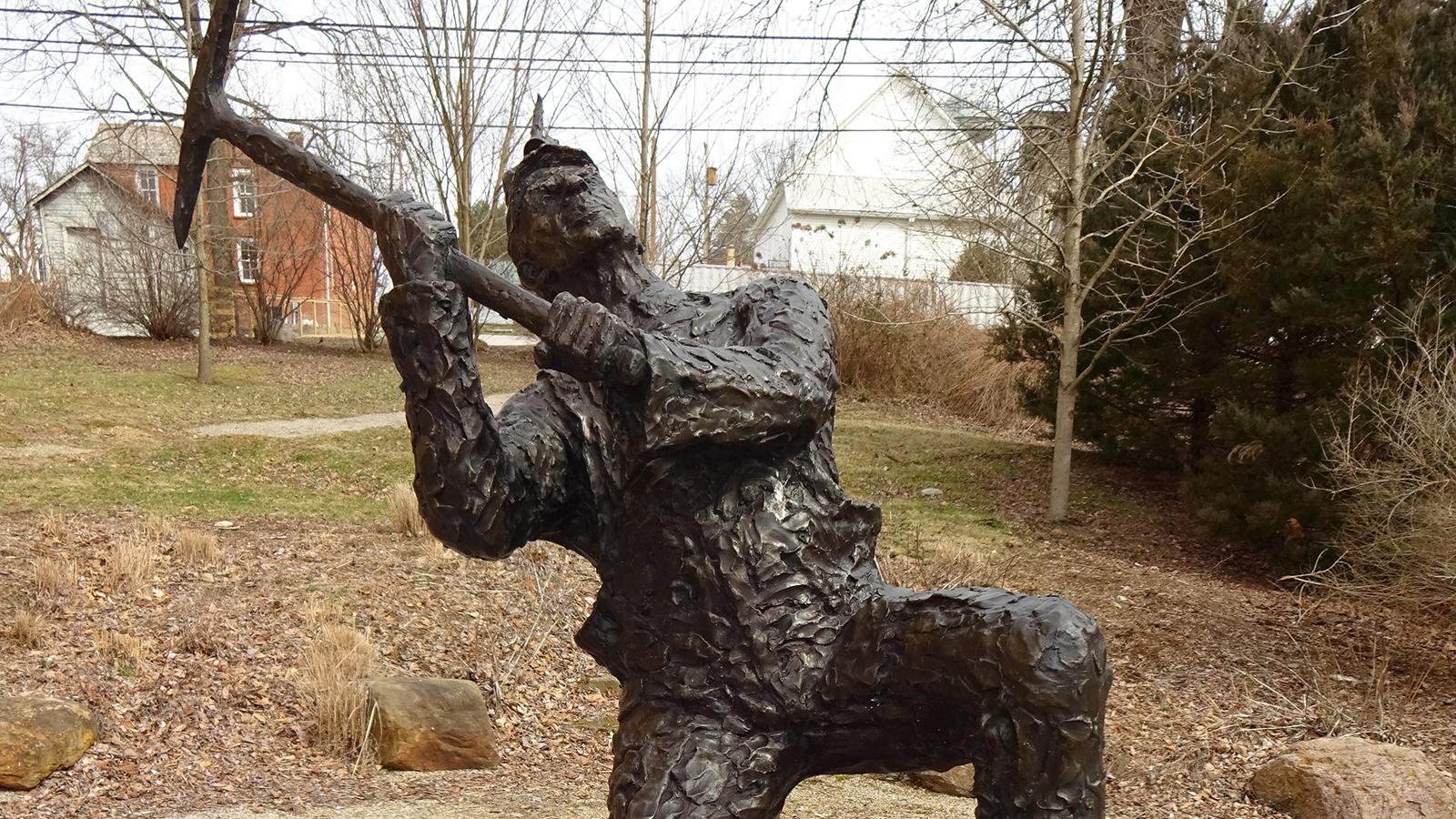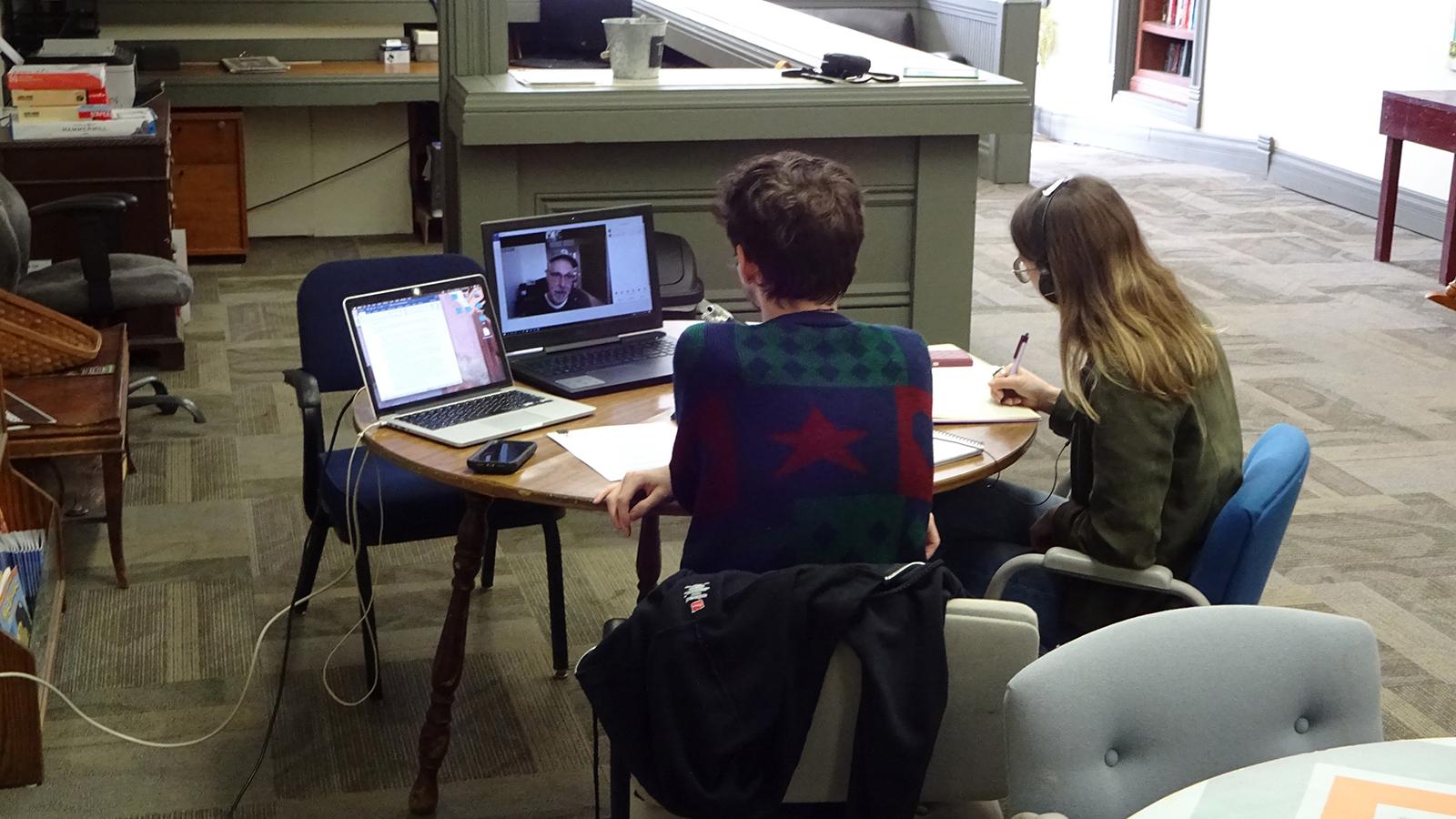Sunday Creek Associates: The ‘Stone Soup’ Model of Community Development
Sunday Creek Associates (SCA), a private non-profit organization, was founded by John Winnenberg and Sandra Landis in 1990 to foster positive change and development within Southern Perry County, or the Little Cities of Black Diamonds (LCBD) region, more broadly. Their mission is to revitalize life and community in the area by “understanding local history and culture, supporting family and youth, housing and commercial rehabilitation, and provide support to existing community groups and local governments” (Kids Summer, 2007). For John and Sandy, the mission of SCA is to elevate communities by not only listening to the history of a place but also through listening to the wants and needs of the present-day community and letting those factors be the driving force of development.
“If you're gonna build a brighter future for yourself you've gotta know where you’ve been -- you have to stop and reflect and listen.” - John Winnenberg
The "Stone Soup" Model of Community Development
John and Sandy emphasize that community-centered growth and development cannot and should not be undertaken by one entity. Neither of them wanted SCA to become or be seen as “the company store” -- an entity that controls a community’s opportunities. They have avoided this by engaging in a community-model of development that decentralizes power by distributing it across numerous stakeholders, including other organizations and community members. They describe this model as the “Stone Soup” model of community development, based on the children’s book by the same name and the folk tale that inspired it.
The stone soup model is a model where you don’t have much to start with (the stones, water, and pot) and through the contributions (carrots, potatoes, and other vegetables) of those passing by you are able to build a successful organization (a rich stew) relying on the collaboration of the community as well as the ingenuity of John and Sandy. John and Sandy have always worked to maintain a good relationship with the local community and noted that this was one of, if not their primary, goal. Networking and collaboration is a strength of SCA. Since the founding of SCA, they have developed and supported, built bonds with numerous organizations and history groups, including Little Cities of Black Diamonds, New Straitsville History Group, Southern Perry County Unified Recreation (SPUR), and the Corning-Monroe Civic Association, to name only a few. As these connections are made and sustained, more ingredients are added to the stone soup, thus benefiting the community.
Through SCA’s community-centric mission and their collaboration with other local organizations and initiatives, they have focused their efforts on three main areas of development: Youth, History & Nature, and the Built Environment. A few projects that represent these three areas are Kids Summer, Robinson’s Cave, and the Tecumseh Theatre.

Youth
Sandy and John emphasize Kids Summer, the youth summer program, as one of SCA’s greatest successes. Kids Summer is a summer program that provides eight weeks of activities for kids during the summer. Kids spend most of their day at school during the school year and are often provided free breakfast and lunch that they depend on, during the summer when the schools aren’t open the kids are at home. The summer program provides kids with not food but opportunities to have experiences outside their area. Sandy notes in an interview some of the Kids Summer field trips were the first time those kids had been outside the county. Kids Summer produced booklets of information on registration, planned events, and what info on those contributing to the program. Along with this are some notes on improving Kids Summer that contained recommendations on how kids summer can be made more efficient for next year. These documents indicate a changing and evolving program and show the value SCA places on youth success.
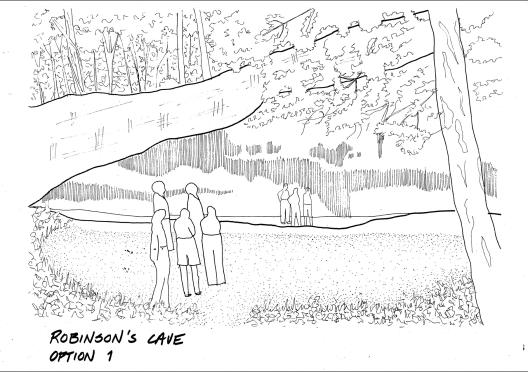
History & Nature
John described Robinson’s Cave as the “secret birthplace of the United Mine Workers of America.” Miners would gather at Robinson’s Cave starting in the late 1800s in part because the acoustics of the cave would amplify a speaker’s voice so that all the gathered miners could hear. In 2001, SCA partnered with the New Straitsville History Group (NSHG) to build a community gathering and interpretation site at Robinson’s Cave. Meeting minutes from 2001 about Robinson’s Cave illustrate how this site implemented community-informed design. Community members and those part of SCA and NSHG offered ideas for how the site should be used and what educational information should be provided to visitors. SCA’s collaboration with NSHG and community members further illustrates SCA’s commitment to the Stone Soup model of development. Robinson’s Cave also became the first Ohio Historical Marker in Southern Perry County, thanks to collaborations between SCA and NSHG.
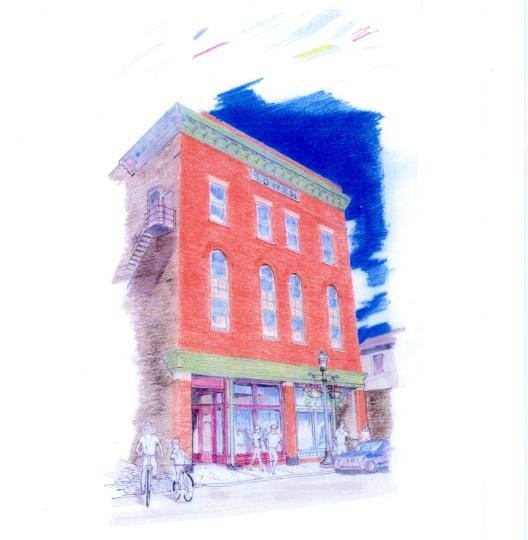
Built Environment
Prior to SCA’s existence in the mid-1970s, John and other community members took steps to preserve the history of Shawnee by focusing on the built environment. The Shawnee, Ohio Priority Property Asset Report states, “In Shawnee, the beginnings of the effort to arrest that decline and to preserve the region’s distinctive heritage began with saving a single building: in the mid-1970s a small group of local citizens acquired the Tecumseh Theatre building on Main Street to prevent its imminent demolition.” SCA has since put great effort to not only preserve the Tecumseh Theatre, but also restore it as a centralized site within the community. SCA has replaced the roof, drainage structure, doors, and windows on the Tecumseh and has completed 80% re-tuck pointing of the building.
The Asset Report describes the Tecumseh as “the heart of the village of Shawnee and of its Historic District.” Many local events and fundraisers are held in the Tecumseh Theatre, and the next step in renovating the Theatre is restoring the Opera Room upstairs to original occupancy so that entertainment and other activities may take place there.
Youth, History, and Built Environments are a top priority for SCA in rebuilding their community. In the past few years they have been trying to balance their mission with the new topic of intergenerational succession that has presented its own challenges and successes in recent years.
“I think they [those who take over SCA] would need to know that we would count as one of the things we've done best is listen to people and respond appropriately. And so, in terms of organization, that means investing a lot of time with people from the place, talking about things that they're interested in, that relate to your interests so that you can find some common areas and map out courses of work. I think that's something that somebody coming in would need to know about the organization.” - Sandra Landis
Intergenerational succession is a more recent issue for Sunday Creek Associates. John tells us it’s hard finding young leadership to take over for the new senior members. John mentions a taboo of talking about age, but that is a topic that can no longer be ignored. There is currently what John calls the “new little cities of black diamonds”, an unofficial title, that is starting to plan events and has taken over social media. John has admitted that they are selective in who they think will be the greatest assets to the community. He makes it a point to mention any new people need to be able to work with who is at the table and respect any potential differences. John has also mentioned the term “kindred spirits” in reference to people who would be good fits to take leadership which reflects the collaborative almost family like organizations that SCA is involved with.
More information can be found at the website for the Tecumseh Theatre in Shawnee, Ohio.

